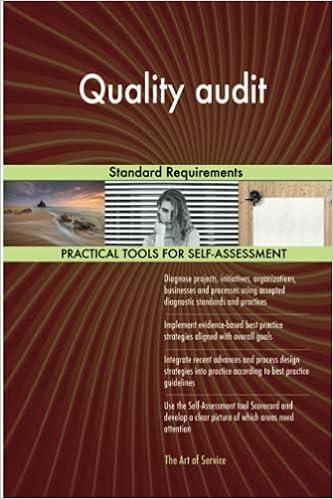New Rom Styles 0.- * A-P-A- Paragraph Section B Director: Complete each of the following statements by writing in the Answers colonn the letter of the word or words that correctly completes each statement points each) For Scoring Answers 1. The amount a business expects to collect from its accounts receivable is (A) an expense; (B) the allowance method; (C) a cash shortage; (D) a net realizable value; (E) a percentage of the write-off amount. 2 The expense associated with an uncollectible account is recognized when it has been determined that a customer will not pay the amount owed under the (A) aging method; (B) direct write-off method: (C) allowance method: (D) all of these; (E) none of these The adjusting entry to record an increase in Allowance for Bad Debts involves (A) debiting Allowance for Bad Debts and crediting Bad Debt Expense; (B) debiting Accounts Receivable and crediting Bad Debt Expense; (C) debiting Bad Debt Expense and crediting Allowance for Bad Debts; (D) debiting Allowance for Bad Debts and crediting Accounts Receivable; (E) debiting Sales and crediting Cash. | 4. After aging the accounts receivable, it is estimated that $1,000 will not be collected, and the allowance account before adjustment has an existing credit balance of $400. If the accounts receivable total $100,000, the net receivables after adjustment would be (A) $99,000; (B) $99,400; (C) $99,600; (D) $98,000; (E) none of these. Under the direct write-off method. when an account receivable is written off in one account period and is collected in the following accounting period, which of the following is required in the second period when reinstating the account? (A) a debit to Accounts Receivable; (B) a credit to Bad Debt Expense; (C) a credit to Cash; (D) a debit to Cash; (E) a credit to Accounts Receivable. T. 6. To minimize the amount of uncollectible accounts, the credit department TH ELUXYA-D-A- Font Paragraph I we w U SIASM COLTICEVOIE IS WITOLUL in one account period and is collected in the following accounting period, which of the following is required in the second period when reinstating the account? (A) a debit to Accounts Receivable; (B) a credit to Bad Debt Expense; (C) a credit to Cash: (D) a debit to Cash; (E) a credit to Accounts Receivable. 6. To minimize the amount of uncollectible accounts, the credit department would need to (A) perform an extensive review of each applicant; (B) apply strict credit standards: (C) assess a large service fee; (D) both A and B (E) none of these 7. Allowance for Bad Debts is afo) (A) contra-sales account, (B) liability account: (Cassel: (D) contra-asset; (E) contra-liability. 8. Last year, Hart Company had credit sales in the amount of $1,000,000, and it had uncollectible accounts in the amount of $15,000. Based on last year, what would the estimated percent of uncollectible accounts be this year? (A) 0.15%; (B) 1.5%; (C) 15%; (D) 150%; (E) cannot be determined. 9. An advantage of the direct write-off method of determining uncollectible accounts is (A) it is very simple to apply: (B) efforts to collect are extended over several months; (C) the expense can be manipulated by management; (D) the Accounts Receivable amount reported on the balance sheet does not represent the amount of cash actually expected to be collected; (E) it is acceptable for financial reporting purposes. 10. The accounting concept that states expenses should be matched with the revenues they helped to produce is the (A) contra-account concept: (B) allowance method; (C) uncollectible accounts technique; (D) matching principle; (E) contra-revenue principle. 2011 Alagts Reserved. May not b e posted to publicly accessible with intole o in part arch








